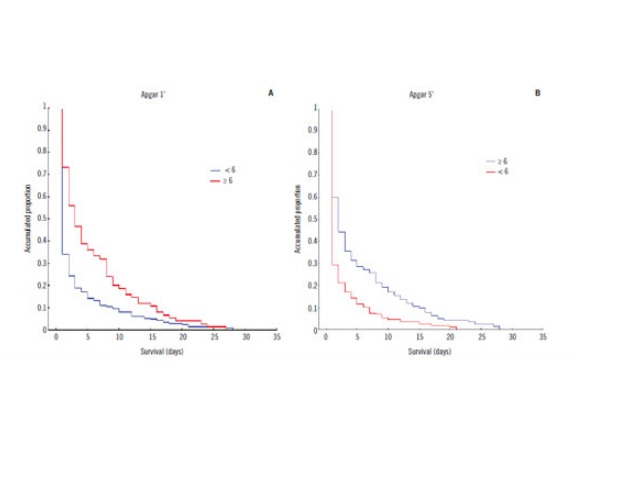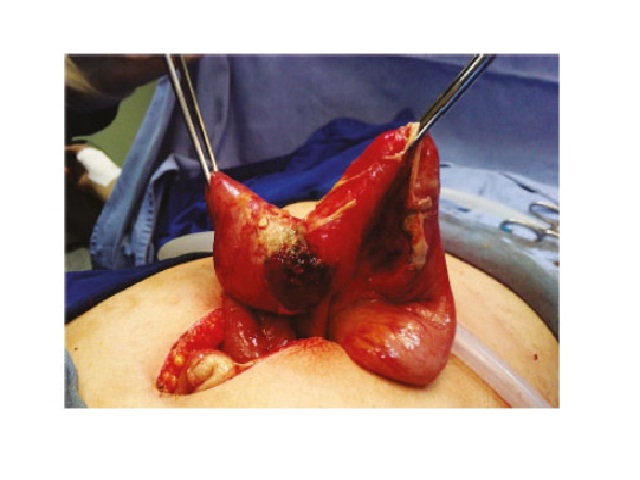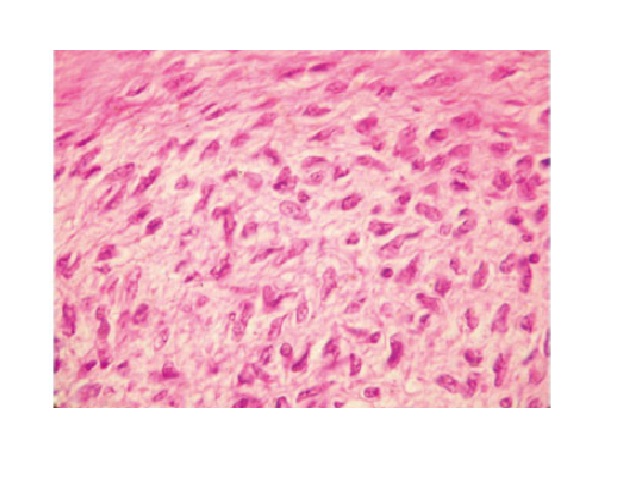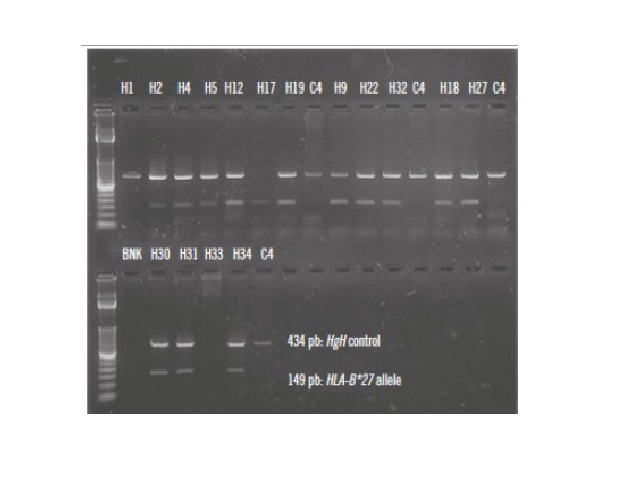Expression of pathogenicity factors by Enterococcus strains isolated from inpatients with bloodstream infection in Belo Horizonte, Minas Gerais, Brazil
Samir de Deus E. Andrade; Amanda Maria P. Borges; Gustavo A. R. Duarte; Simone G. Santos; Luiz M. Farias; Paula P. MagalhãesJ. Bras. Patol. Med. Lab. 2016;52(5):312-315DOI: 10.5935/1676-2444.20160052 ABSTRACT In this investigation, we addressed the pathogenicity profile of 35 Enterococcus samples isolated from inpatients with bloodstream infections (BSI) at hospitals in Belo Horizonte (MG), Brazil. The most […]

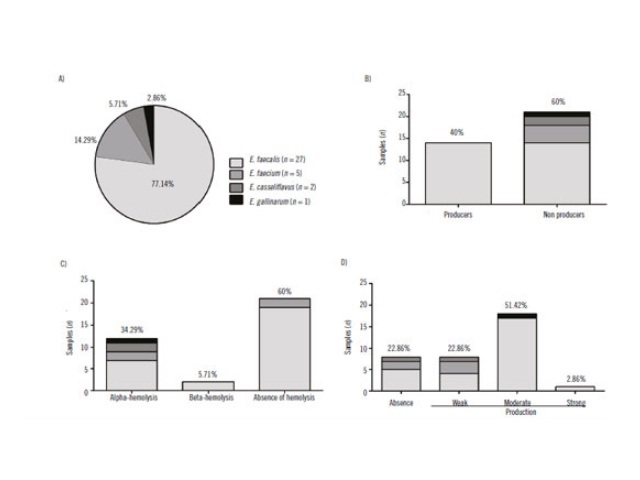
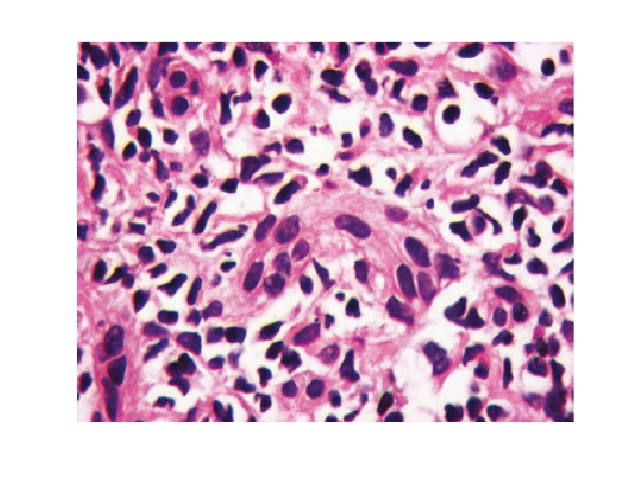
![NTRK1 proto-oncogene [Homo sapiens]](https://jbpml.org.br/wp-content/uploads/2021/11/v52n5a08.png)
